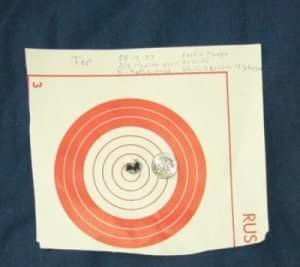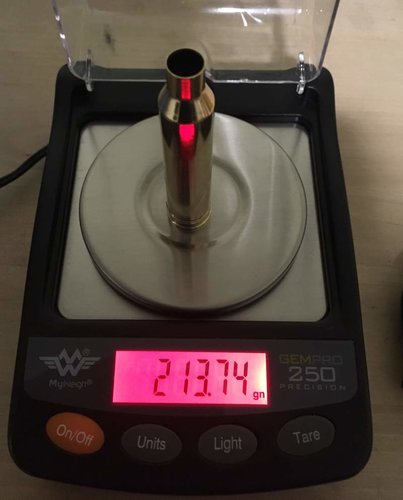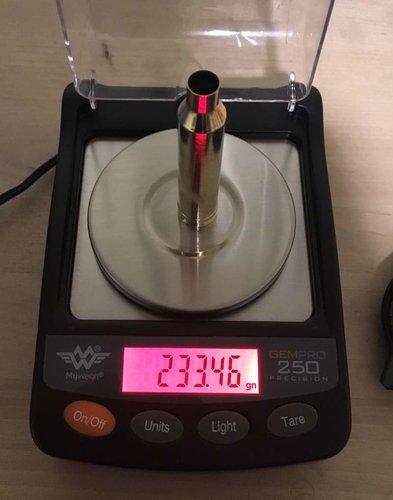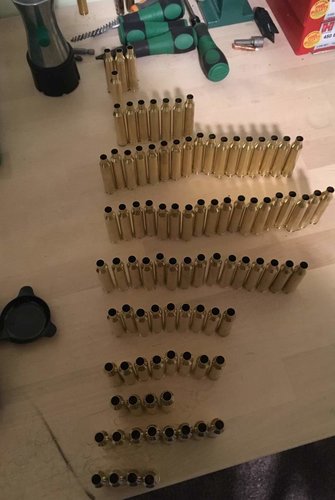ImBillT
Well-known member
- Joined
- Oct 29, 2018
- Messages
- 3,921
WOW! You guy's must all have sub 1/4" thousand yd rifles. I tried that debur the flash hole trick, didn't change one thing. I don't uniform primer pocket's and still manage to get rifle's to go 1/2" now and then. I don't champher case mouth's for the pure joy of doing it, never ever found not doing it a problem. Never noticed that ammo from shinny case's fired better than the same from new case's or even dull case's for that matter. Been my experience that so long as the length of the case's wasn't that critical unless the case was over length. Some of you guy's really make a chore out of loading case's! And in the end most of you still aren't gonna get a one hole group!

100yds, 5 shots, .308Win, 6X scope.
I’ve shot my share of 2”-3” groups at 500yds. It’s been about five years, but I used to shoot F-TR in a club match at 530yds and in NRA mid range and long range matches. Mid range is 300, 500, 600, and the long range match I shot in was 1000yds only, but I believe some shoot 800, 900, and 1000. I usually placed about middle of the pack, and was not being beaten by people who did less prep. Many of them did even more prep and sorting, but could shoot well enough at 200yds with the methods I was using that the ammo was not my problem. I really needed more practice to learn to shoot long range, but at the time the only decent local range was 100yd and 200yd benchrest club. I can use small batches of weight sorted match prepped brass that is in too small a group to complete a match with in my hunting .308’s, and 6.5-257AI and I can size down .308 and use it in my .243, so why not use it? Is it that important? No, but I’ve shot 5 shot groups that measured under .300” just checking sight-in with the .243. The rest of the hunting guns shoot about .5MOA. None of my posts claimed that all that was required to hunt, but when a guy is saying that he can’t tell the difference between Lapua and the cheap stuff, he’s most likely not doing any of the things that reveal the differences.
Last edited:







